We have all heard of the Outer Hebrides and I have always thought it to be alluring and rather mystical. This year Normandy became too difficult due the 75th Anniversary of the D Day landings. I started the tour with two extra days in the Border country and now was my opportunity to visit the Outer Hebridean Isles of Harris and Lewis.
However, not before one very special night at Kinloch Lodge on the Isle of Skye. Sitting by itself just across the Skye bridge, it overlooks Loch Na Dal at the southern end of this dramatic island. Formerly the 16th Century hunting lodge of the Macdonald family it fuses old and new. It is still run by Isabella MacDonald and she has achieved a relaxed, comfortable, decadent experience in an understated kind of way, that can only be achieved by impeccable attention to detail. Chef Marcello Tully gets to play with Skye’s natural and delicious larder and from pre-dinner drinks, dinner, whisky and chocolates to the full Scottish breakfast our visit was a absolute joy.
The rain and fog had lifted overnight and gifted us with clear skies and a crisp landscape to drive up through the impressive Cullin hills and make brief visits to Talisker – the very peaty whisky from Isle of Skye and time for lunch at the pretty capitol of Portree.

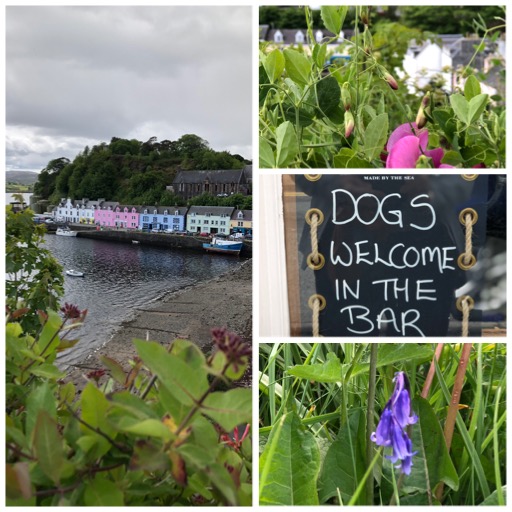
You can fly to the Isle of Harris and Lewis but the ferry is a short 1 1/2 hours from Uig to Tarbert. But, the Isles have always been connected by sea and were a safe haven from the wild Atlantic seas . They bought people, language, ideas, religion and plenty to buy and sell. We may not be Vikings but, even today people come here to live, work and bring new ideas and ways of life.
Scottish fabrics including tartans, cashmere and tweeds have long been valued. In Scotland. Harris Tweed is only made in the Outer Hebrides and still today it is handwoven by islanders in their homes. It is guaranteed by the Harris Tweed Authority, marked with the logo, sold throughout Scotland and exported all over the world.
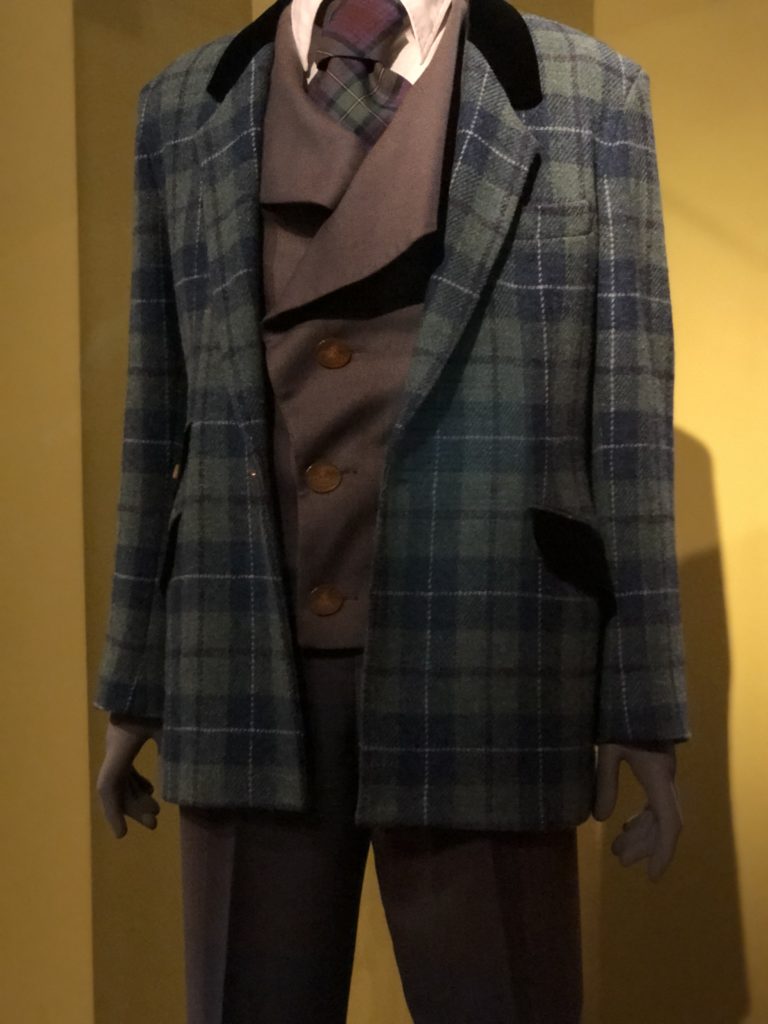
Isle of Harris and Lewis are actually one island and joined by a narrow causeway at Tarbert. (where the ferry comes in) Instantly you are aware of a completely foreign environment and the hour long bus ride to Stornaway on Lewis is essentially through peatland. A bare landscape devoid of trees and basically metres deep of peat.
Accommodation couldn’t have more different. Staying in the huge Lews castle overlooking Stornaway, the upper floors had been renovated into the biggest apartments I have ever seen. Each with two bedrooms and a massive living area. It was sad we couldn’t make use of the kitchens and living rooms. Down the sweeping staircase was the bar, ballroom and new castle Museum. A small very informative museum and home to the Lewis Chessmen. I have become infatuated by their story and was thrilled to see six them on display They were probably made in Norway, about AD 1150-1200. It seems they were buried for safe keeping on route to be traded in Ireland. In 1831 a young servant girl seems to have found them in a sand dune in a small, drystone chamber. Sadly she showed her employer and some time shortly after they were offered to the British Museum for sale.
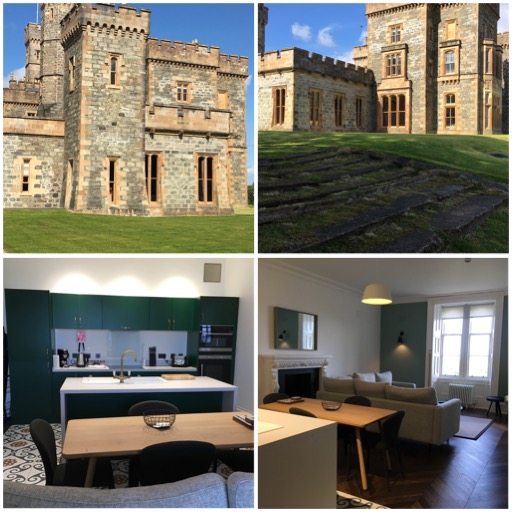
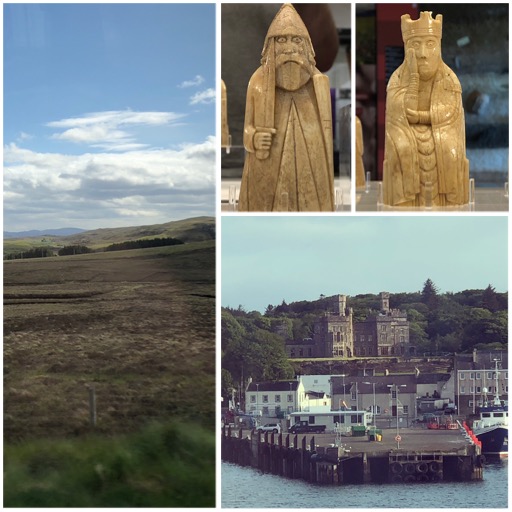
The Red headed Scotsman guide called Hugh had a way with words and extolled the virtues of living on Lewis and the advantages of the unique lifestyle . He told beautiful stories and provided the historical background of the people who worked tirelessly and hardships of living in the landscape with severe weather conditions .
Stone houses called a Sheiling were used in the summer months when families would head to the peatlands and cut peat ready for drying. It would then be stacked and used for fuel during the winter months.
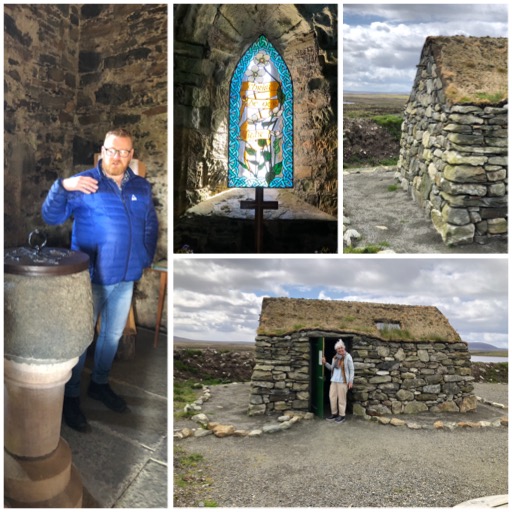


Not so long ago the last person on Lewis was relocated from a historic ‘Black House’ to a ‘White House’ Difference being the former is basically a stone long house with a wooden rafter roof covered in dry material – all cooking and heating from an open peat fire and animals maybe in the room next door. Where as a white house had rooms, fireplace, cooking facilities and privacy.
Life on Lewis covers thousands of years and from the many standing stone ring sites which are now over 40 and rising, to the Viking raiders and the numerous travellers the island has evolved and yet still has an a vital hold on its historical past .
Today each islander is allocated there own croft with minimal yearly rental and a peat site to cut fuel for the winter. Its been an insightful two days and not nearly long enough but, I can’t wait to return.
